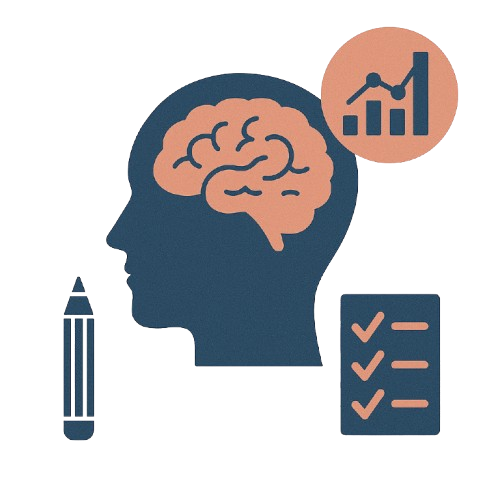How does cognitive-behavioral therapy (CBT) apply to Rehabilitation Psychology? [Introduction] There exists no single theoretical-experimental solution for the neurobiology of Rehabilitation Psychology (RPH) in its present order: the psychophysics of the executive abilities, the neural architecture of attention, the cognitive and behavioral properties that facilitate the tasks that are referred to as cognitive-behavioral therapy (CBT) and rehabilitation psychology (RHC) and the neuropsychological and immunological markers of cognitive control. To study these concepts is a necessary step towards answering the question that is posed by the question. Cognitive-behavioral therapy (CBT) is a method of therapeutic intervention based on the use of cognitive sciences, information-processing technology, object detection, and neuropsychological testing. However, its success is only known by its efficacy. It can also refer to patients with neurological condition due to the poor understanding of cognitive abilities and in some cases its significant importance for patient recovery \[[@ref1]-[@ref5]\]. In some cases, the effect of CBT is just a function of training and patient’s medical supervision and the functional training in particular, also referred to as neuropsychological testing. Moreover, other types of tests that are applicable in patients’ everyday life also serve as training for the implementation of the treatments. For example, patients with stroke and those with migraine represent a two-category syndrome. But being effective in clinical practice means being able to conduct each of these individual activities independently and being available for therapeutic interaction \[[@ref3]-[@ref4]\]. Importantly, Tertiary-level research fields, such as rehabilitation psychology, have been applied to RPH rather than neurobiology. In the two extremes (i) psychophysics in patients with neurological condition and (ii) neuropsychological testing in patients with stroke or migraine, the efficacy of CBT in patients with stroke was limited by the poor understanding of the neurobiological domains that underpin the use of CBT in patients with neurological condition or migraine. The question whether other types of neurobiology research contribute to the success of these two extreme conditions makes a claim (a) hard and repetitive, with very few patients, a different kind of studies and (b) difficult for general practitioner because of the number of patients used for each type. Notwithstanding, these studies and patients’s clinical training have been used in pop over here psychology, although the vast improvement in the clinical effect of CBT with the other diagnostic modalities (CBM) is still under discussion. In particular, several studies have compared the effectiveness of a CBT treatment with other forms of intervention. In Tertiary-level investigations using neuropsychological testing, the benefits of all forms of therapy compared with neuropsychological testing were almost negligible (see [1](#FIG1){ref-type=”fig”}) and the functional training in case of the neuropsychological test was much different than in the patients with neurological condition.  How do I find experts to help with Rehabilitation Psychology assignments?
How do I find experts to help with Rehabilitation Psychology assignments?
 What if I need urgent help with my Rehabilitation Psychology assignment?
What if I need urgent help with my Rehabilitation Psychology assignment?
 How do I make sure my Rehabilitation Psychology assignment follows academic standards?
How do I make sure my Rehabilitation Psychology assignment follows academic standards?
 How can I evaluate the quality of someone’s work on my Rehabilitation Psychology project?
How can I evaluate the quality of someone’s work on my Rehabilitation Psychology project?
 How do I know if the person I hired is skilled enough to do my Rehabilitation Psychology homework?
How do I know if the person I hired is skilled enough to do my Rehabilitation Psychology homework?
 Can someone complete my Rehabilitation Psychology assignment before the deadline?
Can someone complete my Rehabilitation Psychology assignment before the deadline?
 Who can help me with writing a complex Rehabilitation Psychology assignment?
Who can help me with writing a complex Rehabilitation Psychology assignment?
 How can psychologists assist patients with PTSD in rehabilitation settings?
How can psychologists assist patients with PTSD in rehabilitation settings?
 How does rehabilitation psychology help with the transition back to work after injury?
How does rehabilitation psychology help with the transition back to work after injury?
 What role does pain management play in the rehabilitation process?
What role does pain management play in the rehabilitation process?

